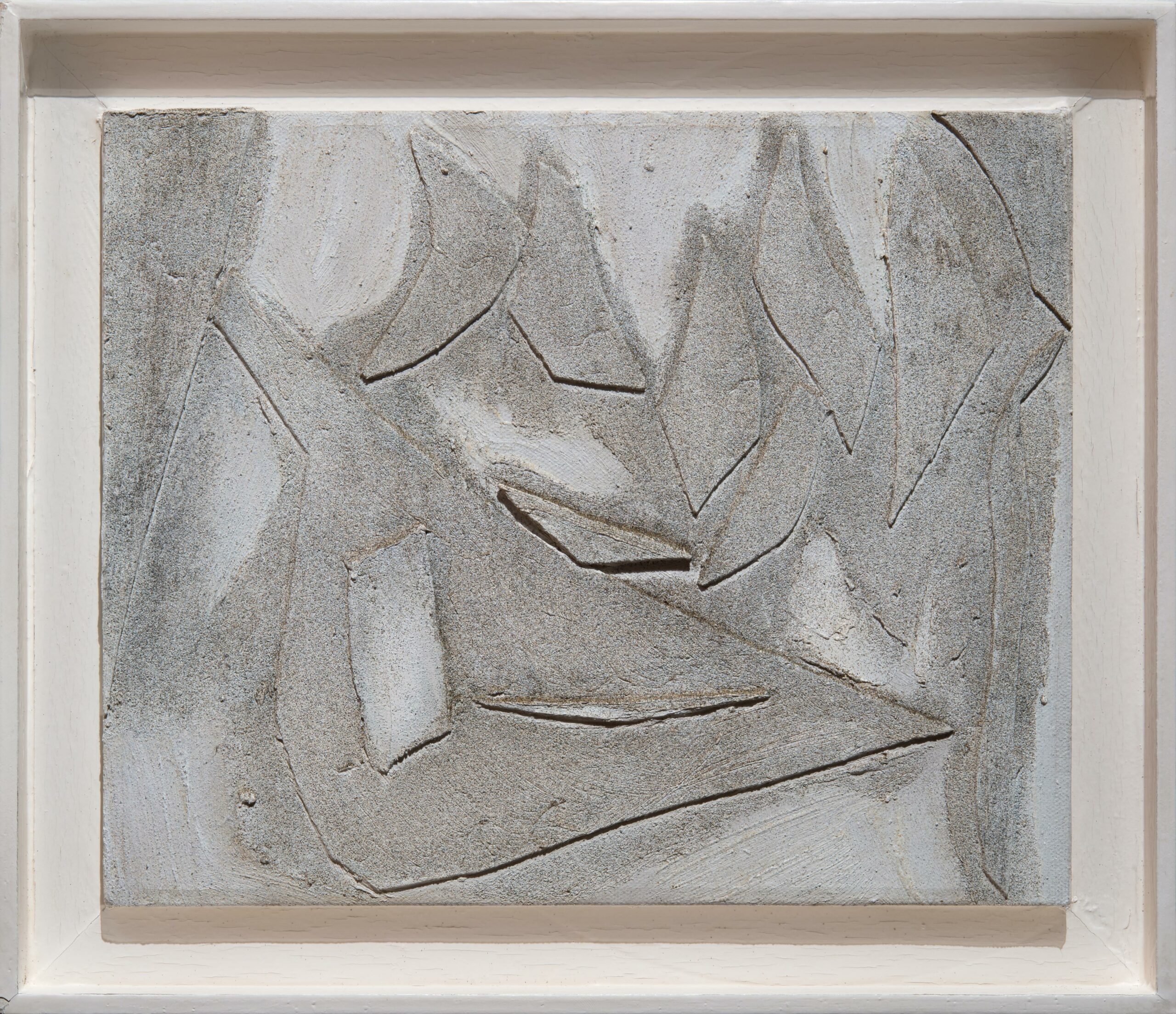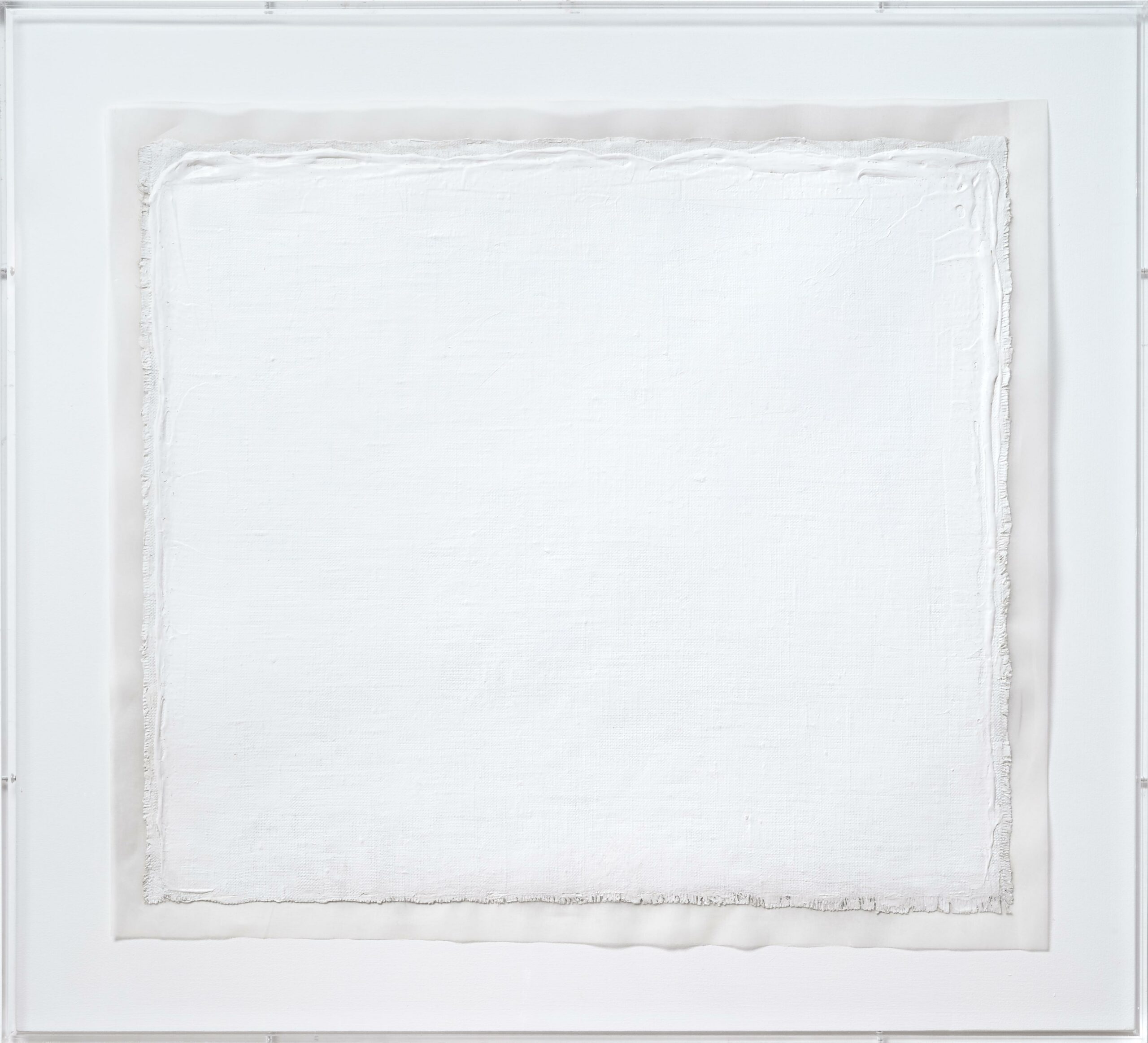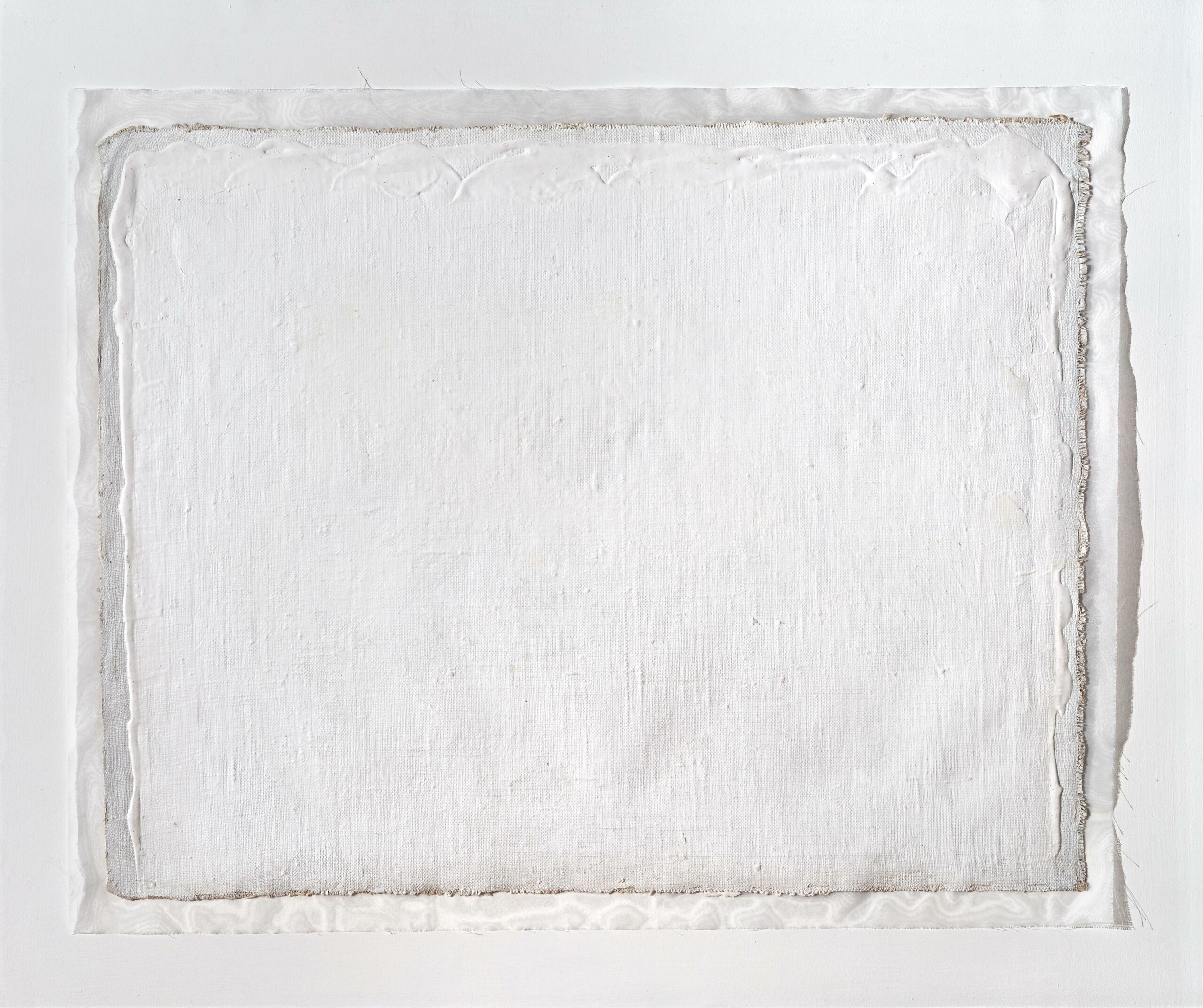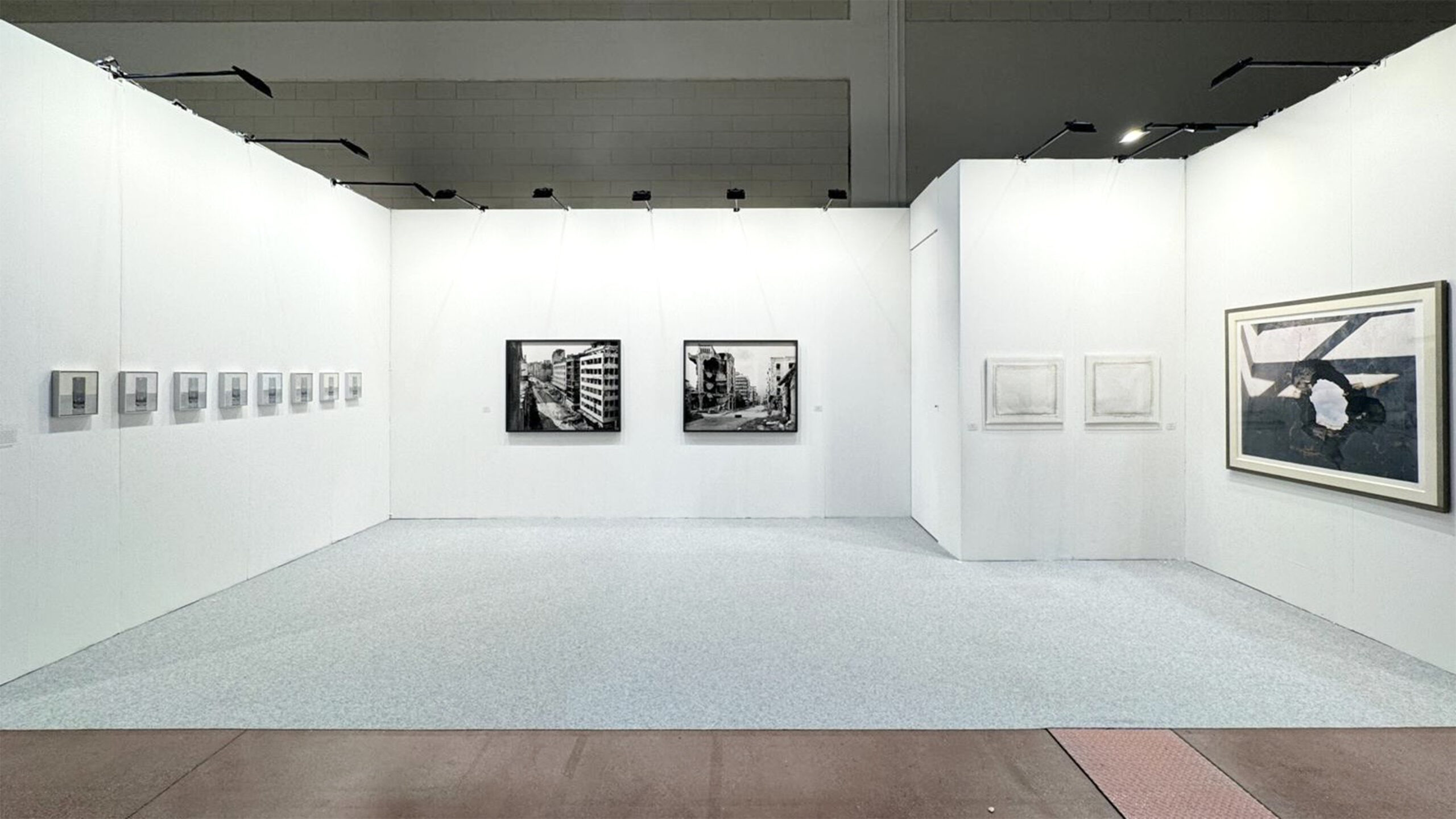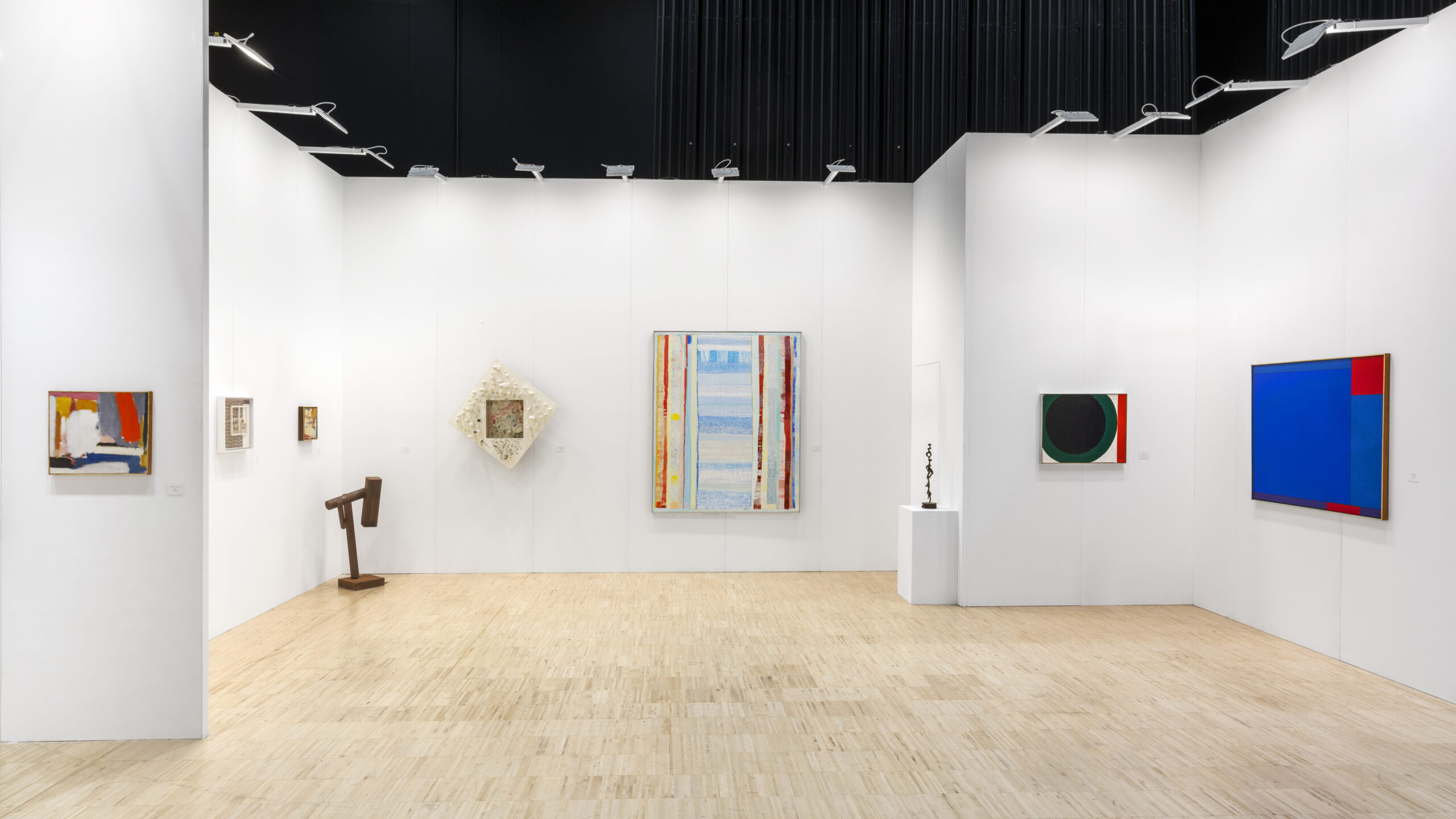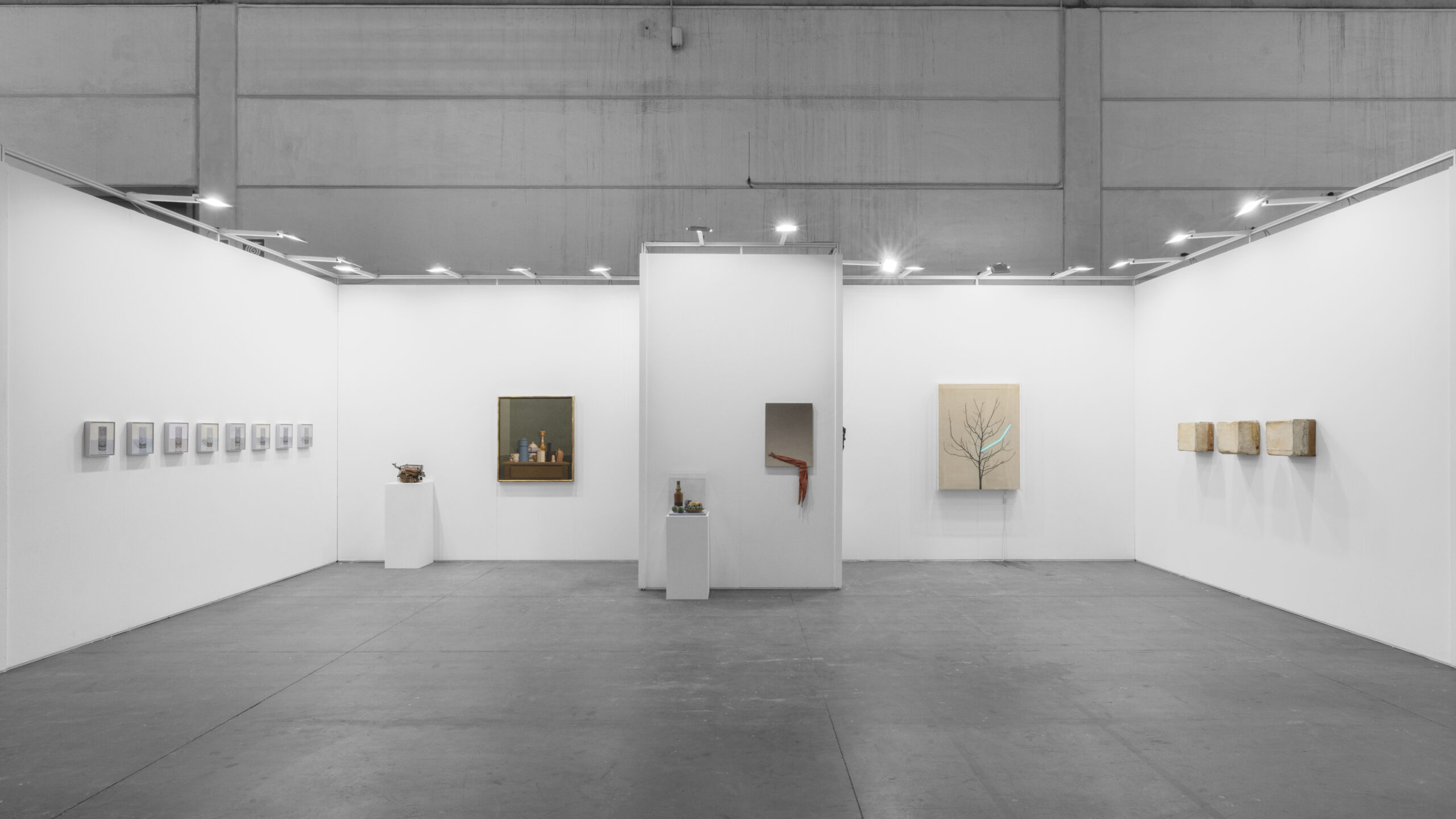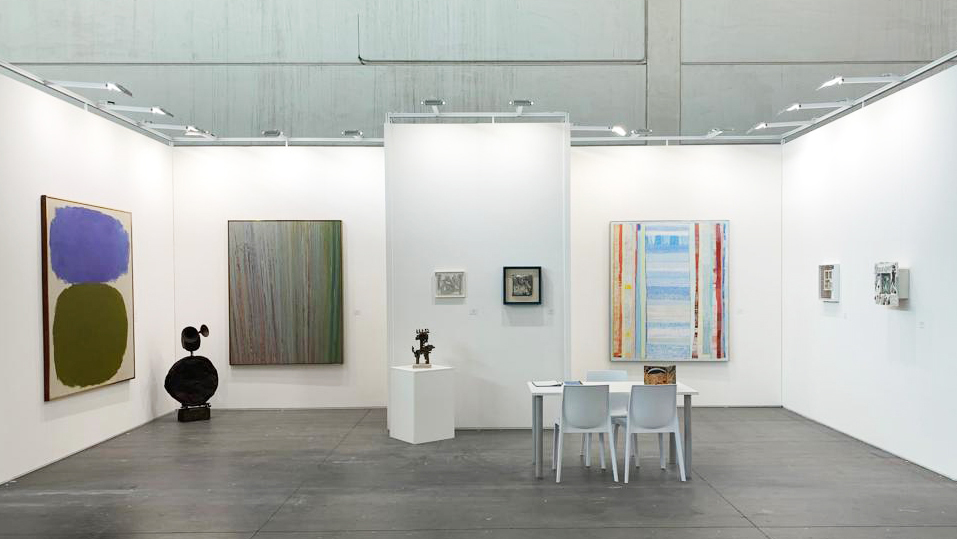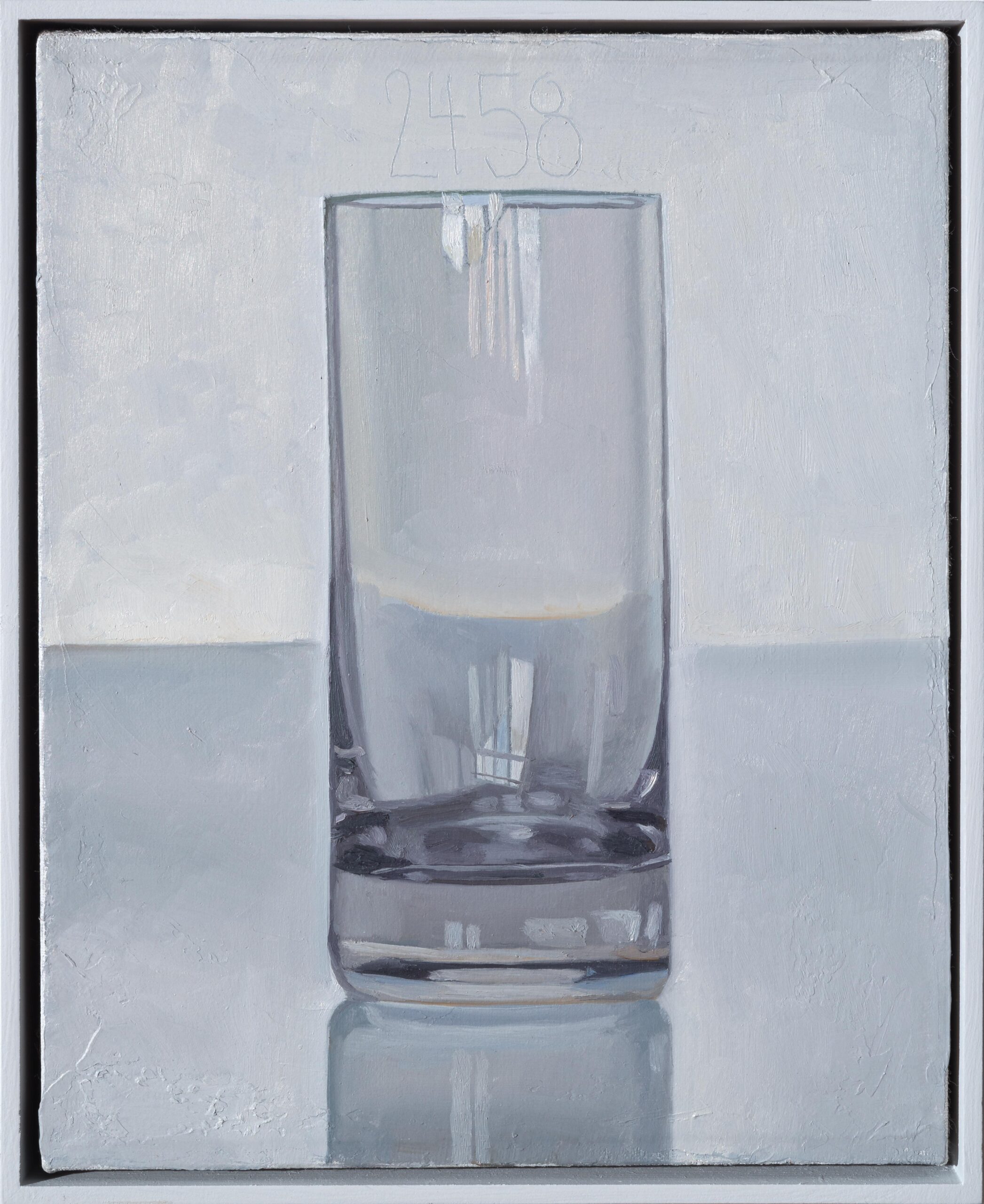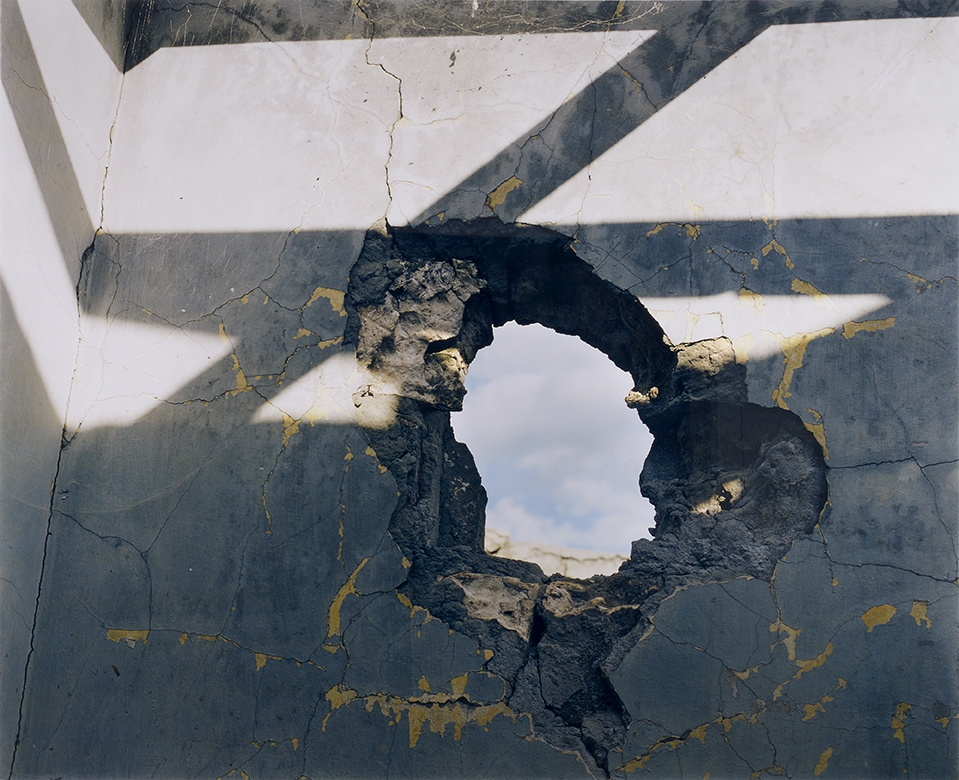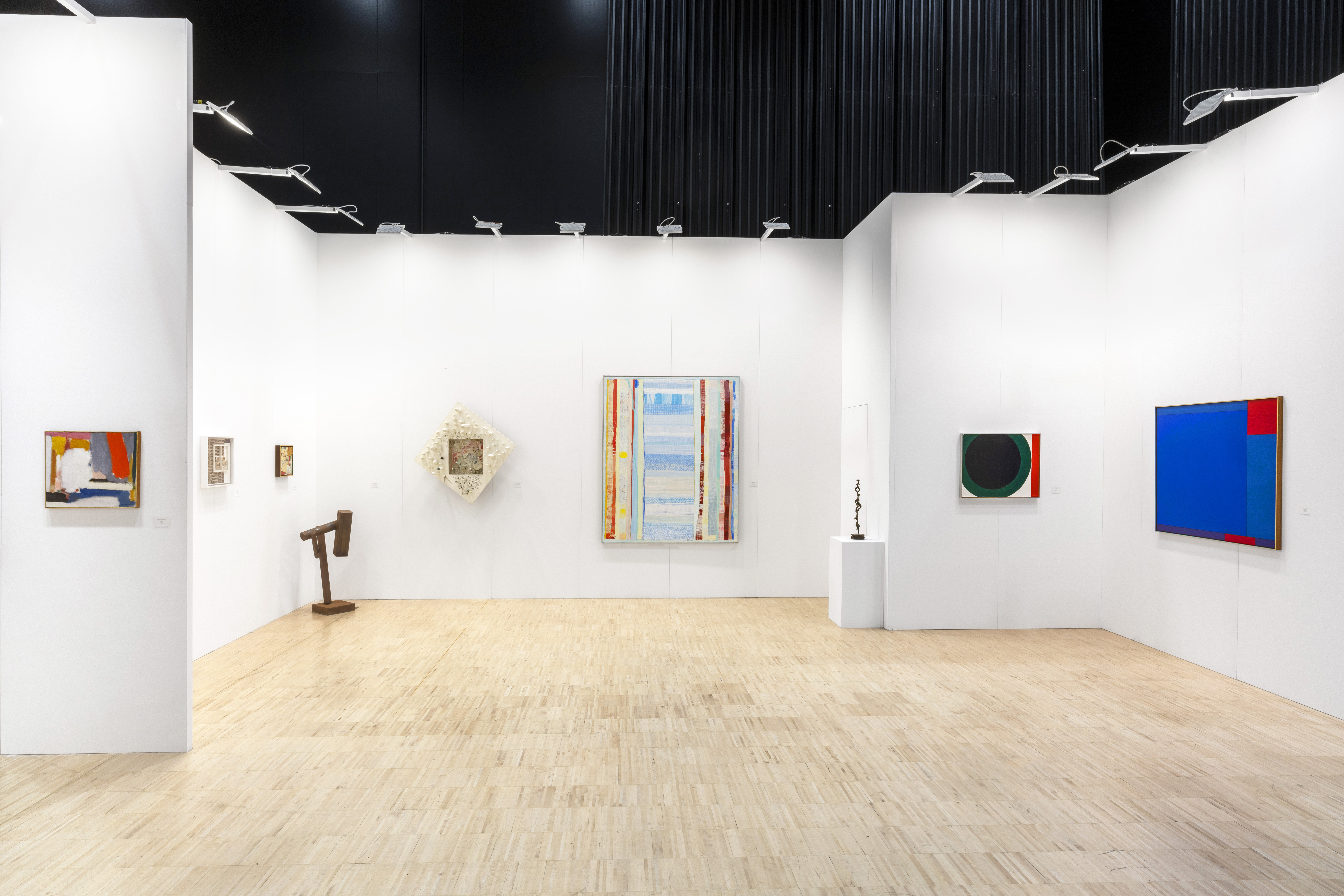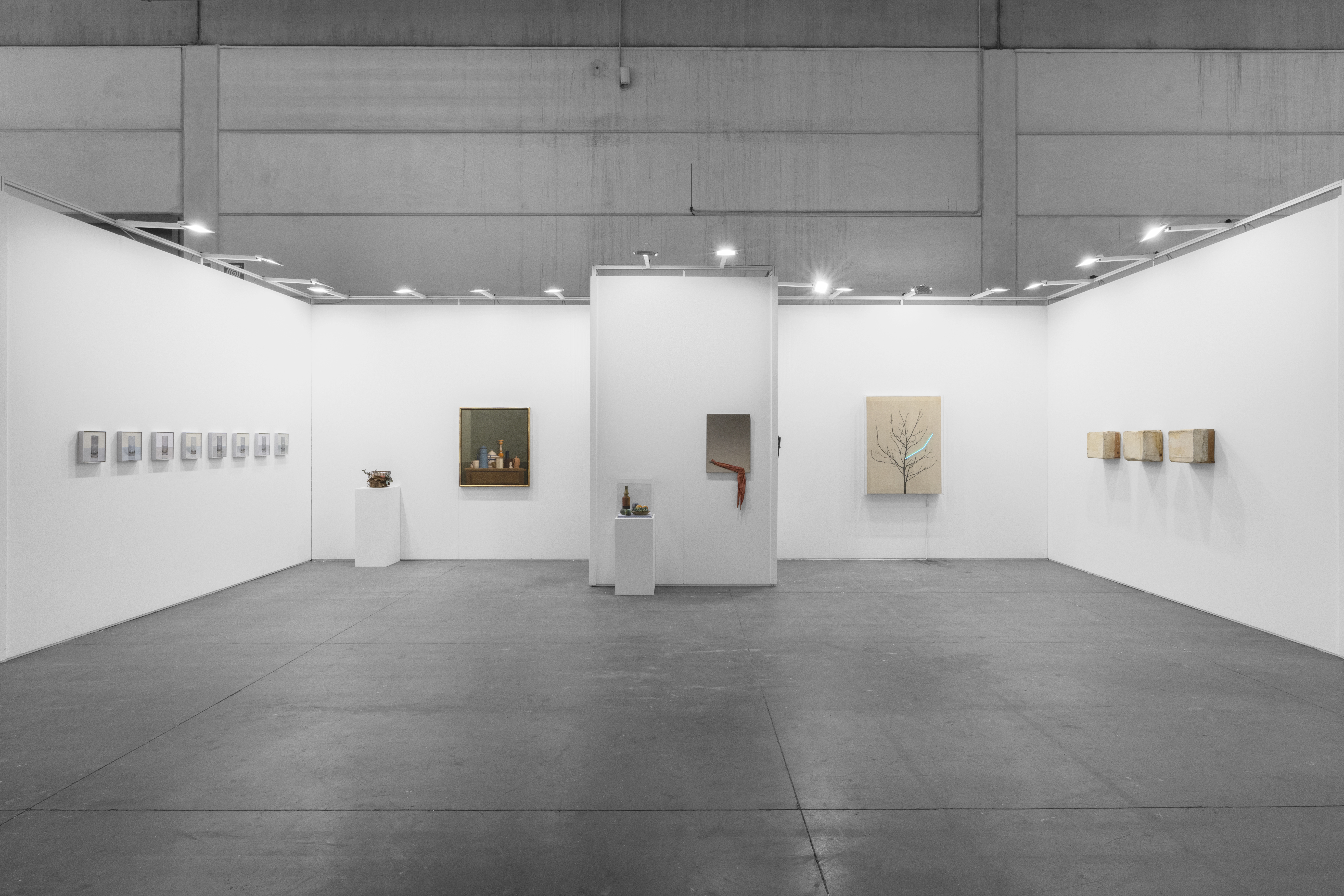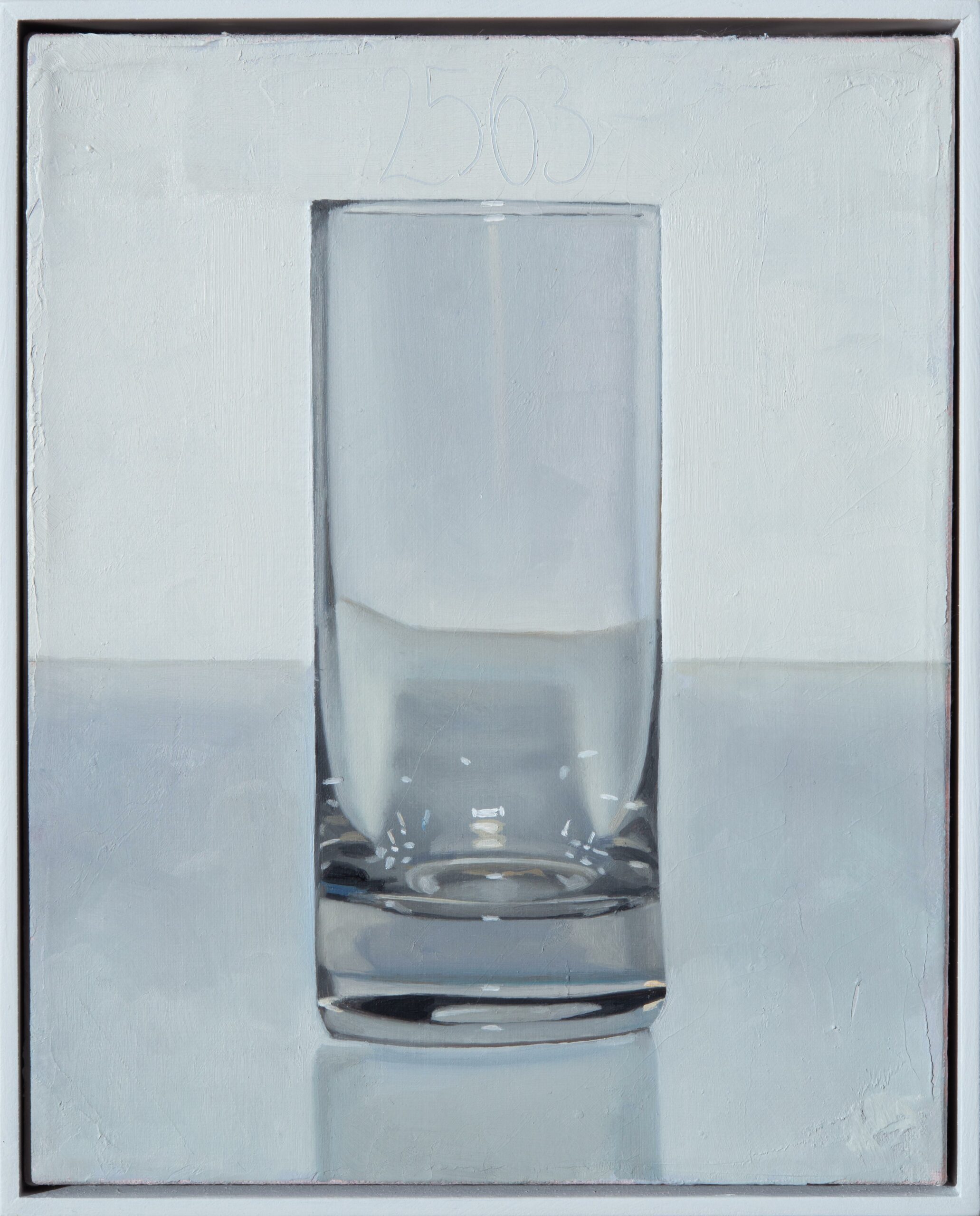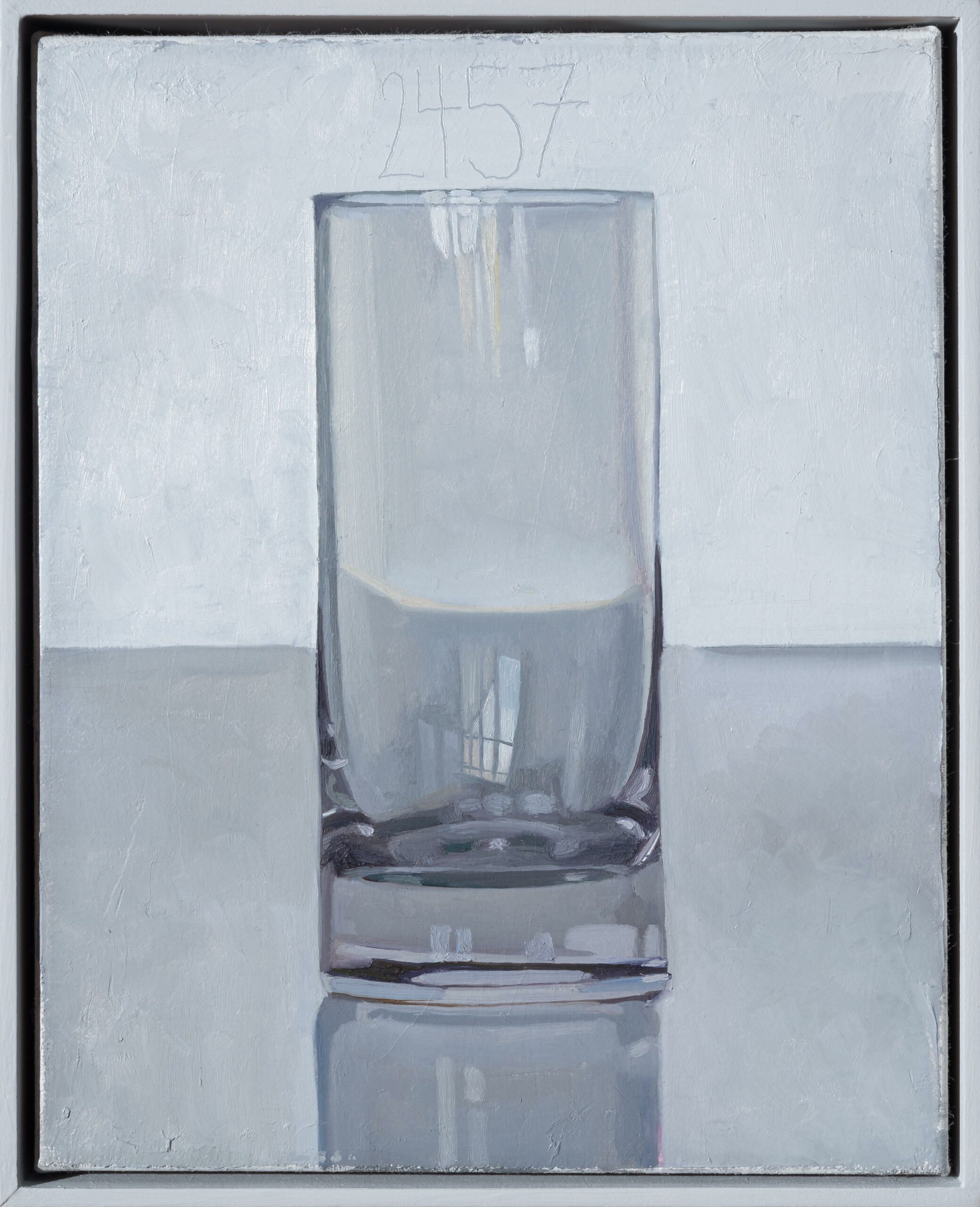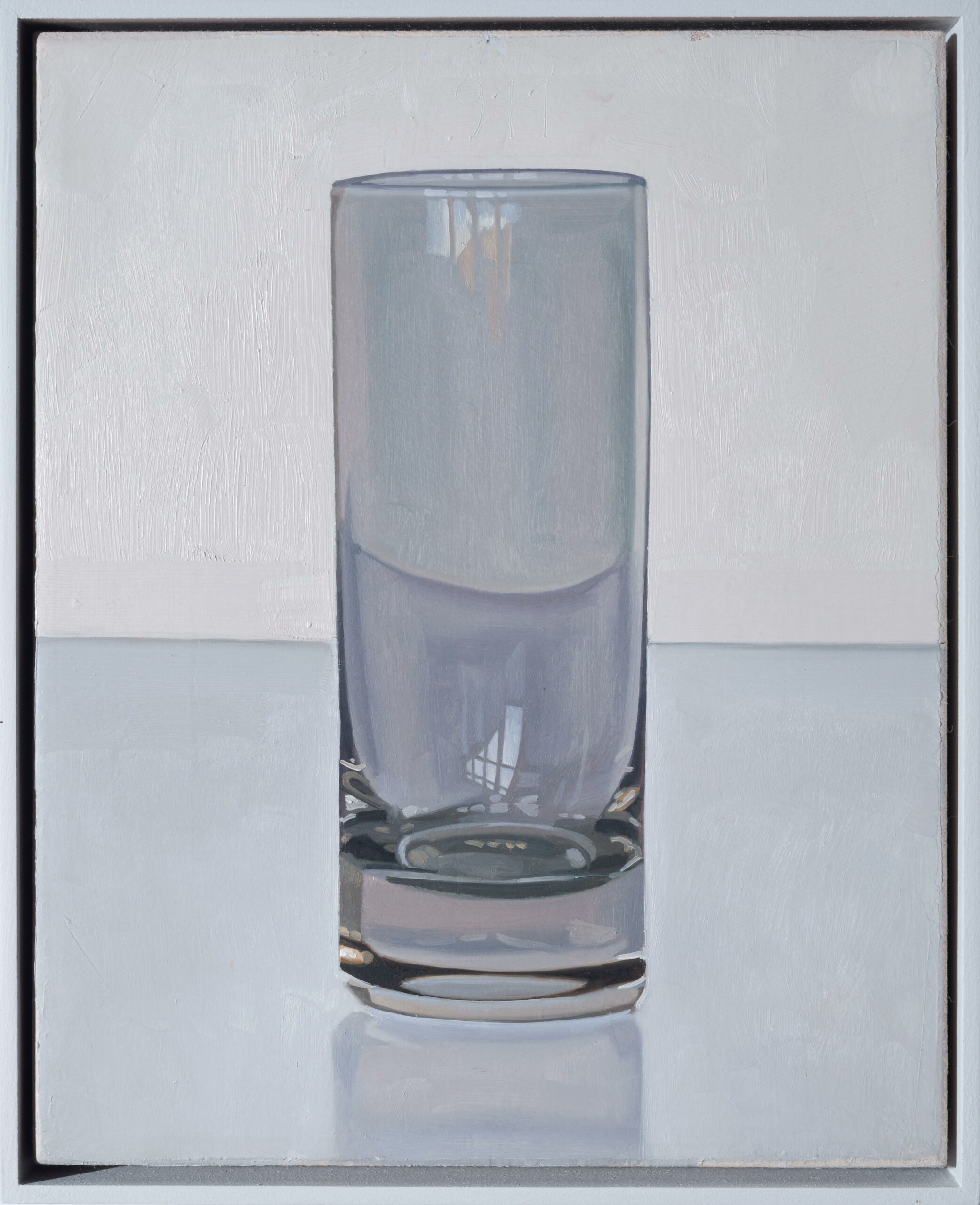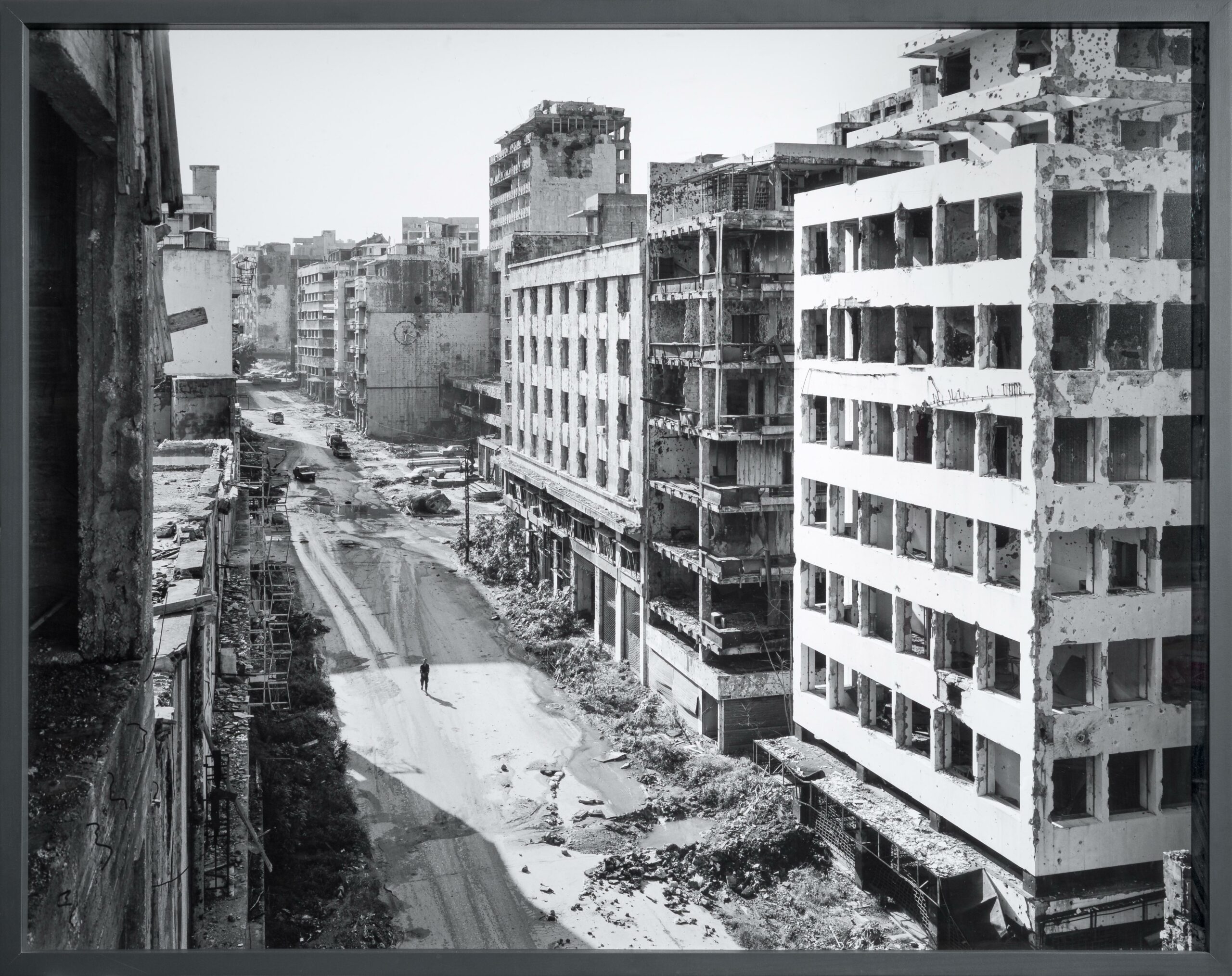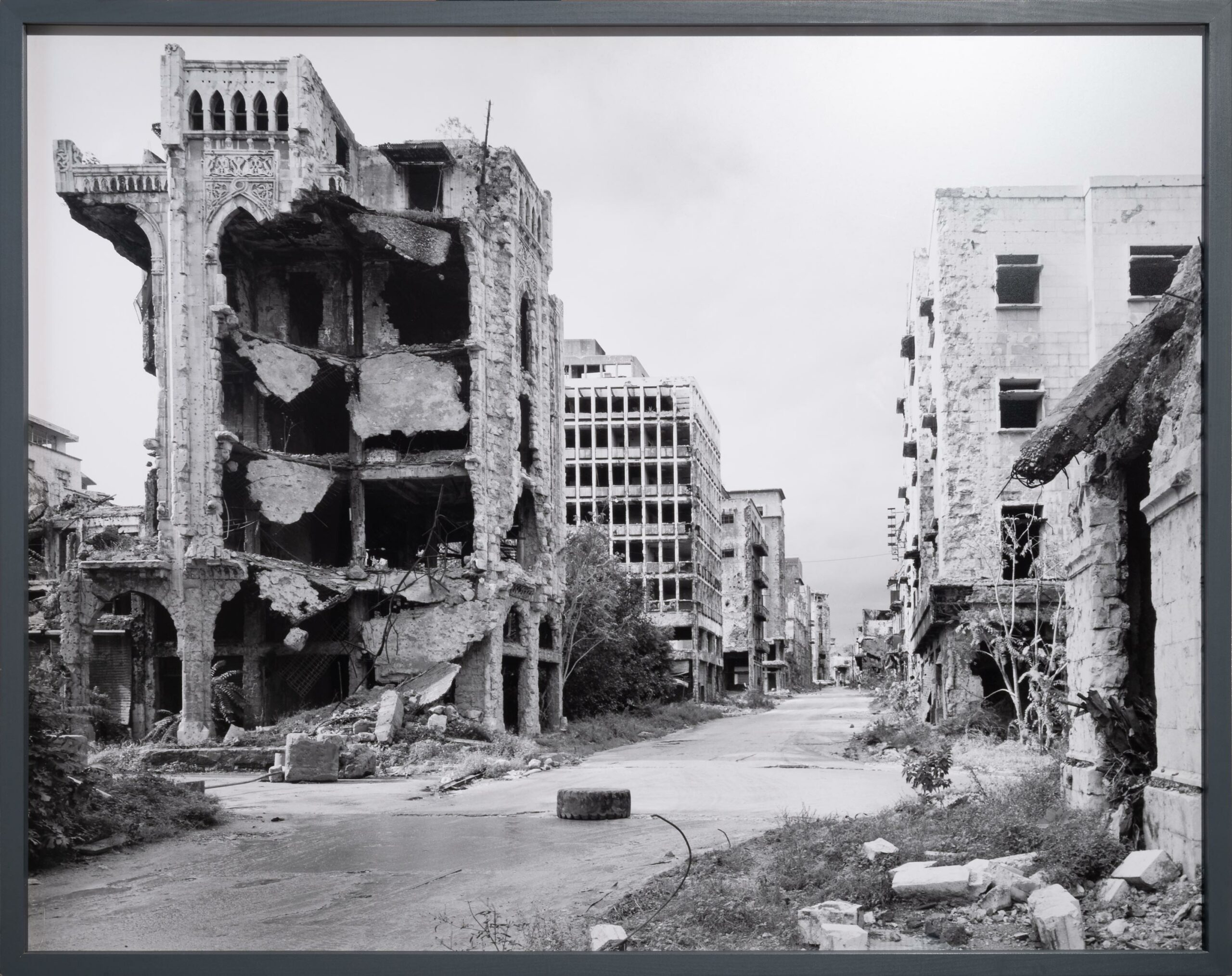White is not the absence of color, but the sum of all colors. It is the purest expression of light, silence, and infinity.
— Angelo Savelli
White is not the absence of color, but the sum of all colors. It is the purest expression of light, silence, and infinity.
— Angelo Savelli
Biography
Angelo Savelli was born on October 30, 1911, in Pizzo Calabro, Italy. Influenced by his painter uncle, Alfonso Barone, he pursued art early. Encouraged by his father, he moved to Rome, attending an arts-focused high school and the Academy of Fine Arts, graduating in 1936 under the mentorship of Ferruccio Ferrazzi.
In the 1930s, Savelli gained recognition through awards like the “Mattia Preti” and “Balestra” prizes. By 1940, he was teaching at the Academy of Fine Arts in Rome, while connecting with prominent Roman School artists like Guttuso and Severini. Post-World War II, his work embraced abstraction, distancing himself from the Roman School to explore Futurism and innovative techniques.
A 1948 scholarship took him to Paris, widening his artistic scope. In 1953, he moved to New York, joining the avant-garde art scene and forming ties with figures like Barnett Newman and Marcel Duchamp. Savelli’s experiments with monochrome, especially white, led to his signature minimalist aesthetic, earning critical acclaim.
Throughout his career, Savelli taught extensively in the U.S. and Italy, including stints at Columbia University and the University of Pennsylvania. His works were featured in major exhibitions, including the Venice Biennale and collaborations with the Prada Foundation.
Savelli died on April 27, 1995, in Brescia, Italy.
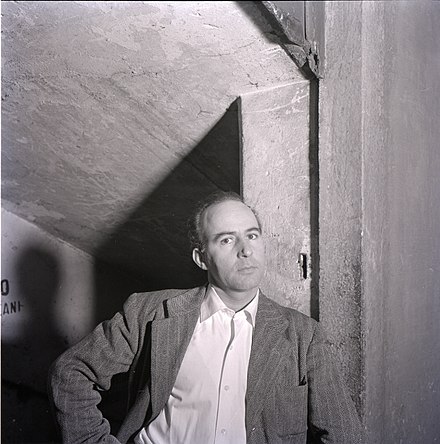
Angelo Savelli, ph. Paolo Monti
